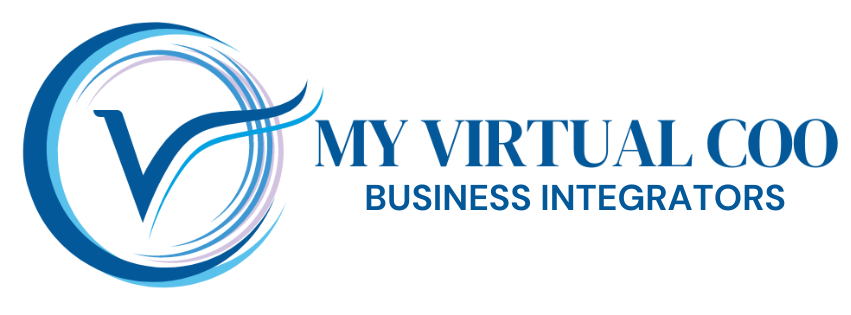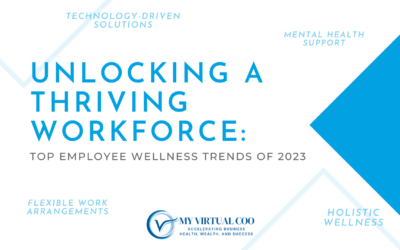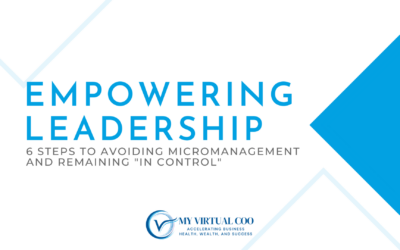Low productivity. Skill or capacity gaps. Burnout.
Does this sound like your team?
If so, it’s time to refine your talent management strategy to fuel engagement, growth, and productivity.
Talent management is the strategic process of attracting, developing, retaining, engaging, and empowering skilled employees to ensure the long-term success of an organization.
We know it’s been a difficult year marked by global challenges, technological advances, and major shifts in the way we work. The need for effective talent management strategies has never been more critical.
Here are solutions you can adopt to drive organizational success.
The Problem: Low Productivity
The Solution: Engage and Empower Your Employees
Attracting talent is one thing. Keeping it is a challenge in itself. With a high demand for skilled professionals, companies are taking active measures to ensure their employees stay engaged and committed to their organizations. Companies are implementing various programs to boost employee morale, including flexible work arrangements, career development opportunities, and wellness programs.
Personal coaching, stay interviews, and tools like our Life Career Mission Statement™ can be used to keep current employees energized and committed.
The Problem: Capacity Gap
The Solution: Strong Recruitment Strategy
This year, we’re navigating a talent-driven economy where the competition for skilled and experienced workers is fiercer than ever. Industries are undergoing rapid transformations, and technological innovations are reshaping the job market. As a result, companies are vying for top talent to stay ahead in the game. Effective talent management is crucial for organizations to not only attract but also retain the skilled professionals they need to thrive.
Talent management strategies help organizations identify and target individuals who possess the skills and qualities that align with their goals and culture. Innovative recruitment techniques, such as artificial intelligence-driven candidate screening, are used to make the hiring process more efficient and effective.
Check out this article from GoHire for tips on building a strong recruitment strategy. Outsourced HR providers like KMA HR or AlignHR can also help you craft a customized strategy to suit your needs.
The Problem: Skill Gap
The Solution: Training and Development Made Easier
Technological advancements and industry shifts are constant. And employees need to continuously acquire new skills to remain competitive. Talent management in 2024 places a strong stress on addressing skill gaps within the workforce.
Providing ongoing training and development opportunities is a cornerstone of talent management. Companies invest in programs that enable employees to acquire the skills they need to adapt to new technologies and changing job requirements. Whether through traditional classroom training, online courses, DIY, or on-the-job mentoring, these programs ensure that employees remain up to date and adaptable. You can lean on programs through Fred Pryor, Kaplan, and other paid sources. Or, lean on your state’s training and get reimbursed through grants. For example, Massachusetts offers Express, and New York offers an Empire State Development program. States including Connecticut and Pennsylvania offer similar resources.
Next, you could bring in experts to help your team thrive. In 2023, subject matter experts (SMEs) have gained prominence in the realm of talent management. SMEs have in-depth knowledge and expertise in specific areas, and they can be leveraged as trainers to enhance the skillset of employees. SMEs bring a unique perspective and real-world experience, making them invaluable resources in the training and development process for all levels of your organization. For 20 tips on incorporating HR subject matter experts on your company board, read this article from Forbes.
The Problem: Burnout
The Solution: Charting Responsibilities
Companies frequently grapple with employee burnout, which arises from prolonged periods of stress, overwork, and the relentless pursuit of deadlines. Burnout not only hurts individual well-being but also negatively impacts overall productivity and organizational health.
One effective strategy to address burnout is through thoughtful charting of responsibilities.
Clearly delineating roles and distributing tasks equitably across teams can prevent the accumulation of undue pressure on specific individuals. You can use this approach to foster a collaborative work environment, where the burden is shared and employees feel supported. Moreover, a well-structured chart of responsibilities allows for better resource allocation. This ensures that workloads are balanced and aligned with individual skill sets. By implementing a comprehensive approach to workload distribution and fostering a culture of open communication, companies can mitigate burnout risks and cultivate a more sustainable and resilient workforce.
Check out our resource on “The Power of Visualizing Career Paths for Employees and New Hires” to learn why visualizing career paths and hiring needs (AKA talent mapping) is the most effective and powerful way to accomplish all three of these goals and scale the business with less effort and cost. Then, download our Role Chart to identify the potential for top talent to rise up while revealing the skill sets your organizations lack right now.
Conclusion
In a talent-driven economy where competition for skilled professionals is intense, organizations that prioritize talent management are better positioned to attract, develop, and retain the talent needed for success. Addressing skill gaps and adapting to changing work environments are fundamental aspects of effective talent management strategies. As we continue to navigate the challenges and opportunities of this dynamic year, businesses that invest in talent management will gain a competitive edge and drive long-term growth.
At My Virtual COO, we help service-based Health, Wealth, and Advocacy business owners optimize talent and systems to accelerate business success by improving the most important parts of the business, including:
- Growth, Profitability, and Impact Projections
- Organizational Design
- Lean Process Design
- Client Experience Documentation
- Productive Collaboration and Change Acceleration
- C-Suite Training






